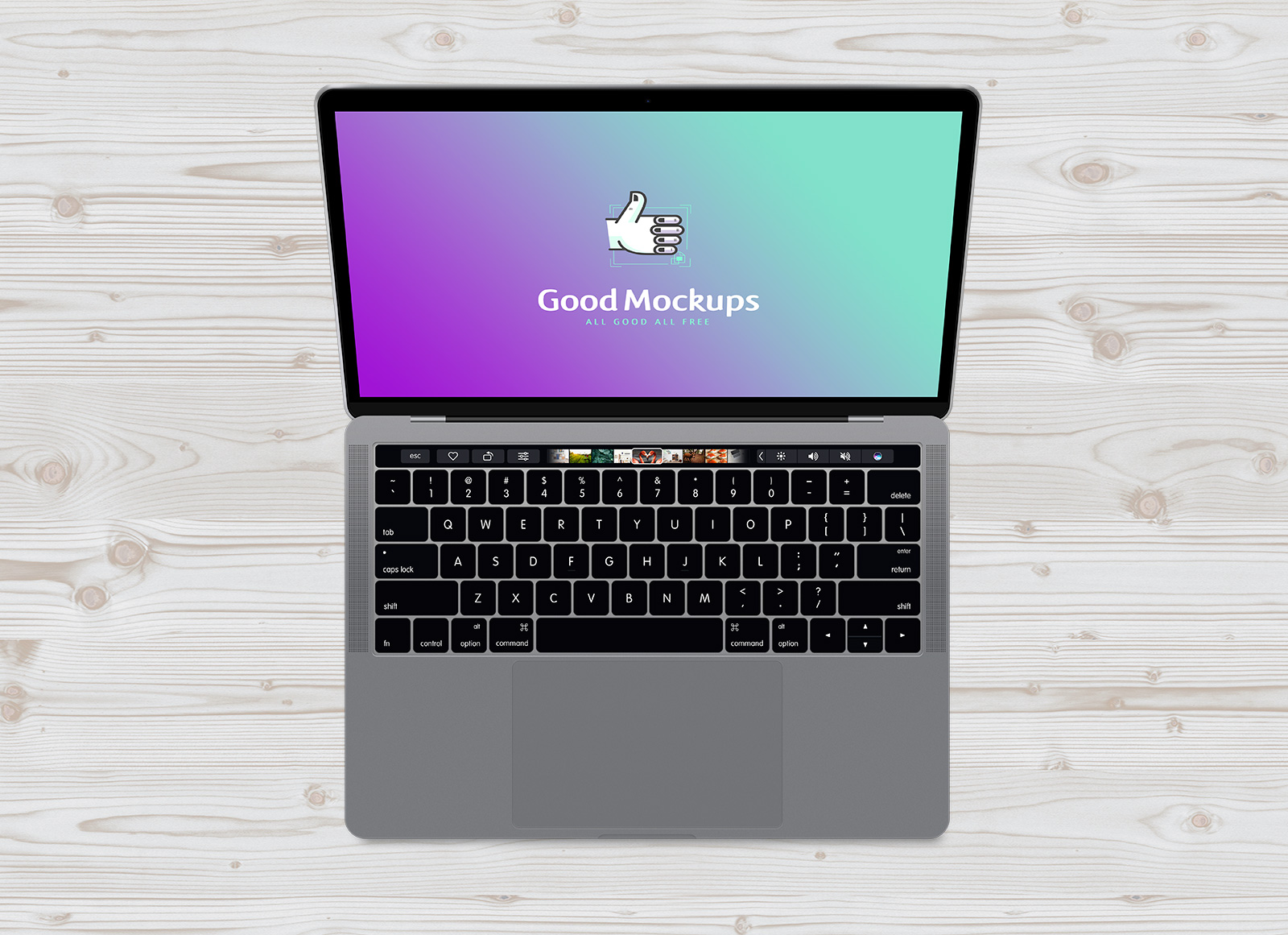App Store Preview for Mac provides a snapshot of the App Store right from your OS X Dashboard. An easy-to-use widget, it lets you sort and search for apps based on cost and popularity. MAC: Last Update: Download Llumins ToupView Software (39MB) Installation: Save file to the applications folder, then from the Launch pad find Toupview icon and run. Configure: For the best image clarity and setup, disable auto exposure once you opened the program, then setup auto white balance first by selecting a blank space on the. There's Mac software for AmScope's various digital microscope product lines: AmScopeXLite, ProScope or ISCapture that you can download from the company's software page. There is also an 3rd-party app called ToupView is available for download here. It seems to be hardware manufacturer specific and likey polls the USB bus to ascertain if an.
I just purchased microscope/USB Camera kit from microscopenet.com. While I am more than satisfied with the microscope, the Omax camera/software that was bundled is giving me some serious trouble.
It is the type of camera you insert in the eyepiece and connect directly to the computer through a USB cable. It looks like this one except it's 1.3 megapixel.
http://www.microscopenet.com/10mp-usb30 ... 10164.html (didn't find any restriction to adding a URL; sorry if there is one)
I think it is also sold under the 'AmScope' brand.
It came with a CD that contains ToupView, the software for both Mac OS X and Windows (I think it's the same for both platforms).
I plugged it in a Mac Mini and I after playing with the settings I managed to get a decent picture, but the colours were different (a slide that should be red/pink was blue). I then tried plugging it to a Windows 7 computer and had much worse results. The image is never even close to what I see with the eyepiece, everything is yellow/orange, if I change the picture settings I get no improvement at all. If the exposure is good, I lose the colours, if the colours are good, it's only for a small portion of the subject. Playing with the light intensity does not really improve anything, it just makes the subject disappear as if it was too bright (which was not an issue on OS X).

When I take a picture with my smartphone, it comes out very nice... so I was wondering, do you think the camera is damaged? Could it be poor quality so even a replacement would give me the same results? They're not that cheap (alone I think it sells for $89 which is far from professional equipment, but in 2014 should still give me decent pictures).
What software do you use, do you think it could make a difference?
In my opinion, the USB camera should at the very least see exactly what I see by default, and image settings would be to make it better. I understand the focus can be different, but that should be it. If my smartphone can do it well with a shaky hand, this thing should do much better.
Any help would be appreciated! I have no experience at all using a camera on a microscope so it may be a stupid mistake.
Color Composite
Combining multiple fluorescent images into a composite is a common practice. Usually, fluorescent wavelengths are acquired individually and then merged together. And often times it is necessary to acquire and merge a fluorescent image and an image acquired through brightfield techniques. For a variety of reasons it is not always possible to acquire the images simultaneously, so image processing tools are necessary to present a complete and accurate qualitative picture. |
| Several issues need to be considered when combining fluorescent images. Since images of this type are typically acquired in a monochrome environment, it is necessary to have tools to colorize the individual images. Registration issues need to be considered as well, as chromatic shift and other effects may be revealed in the composite image. Finally, three dimensional fluorescence stacks may need to be merged together into a composite image to view the interactions of the various fluorochromes with one another. |
| The Color Composite feature is found in ToupView. It contains functions for the creation, coloration, registration and contrast enhancement of composite images. Additional features are present to merge image stacks into three-dimensional and composite images as well as methods to subtract background |
| The Color Composite tool is used primarily to merge and register multiple fluorescent images acquired as monochrome single wavelengths into a color composite image. It is also an excellent tool for merging brightfield/fluorescence combinations such as those created using Green Fluorescent Protein (GFP) and Differential Interference Contrast (DIC) images. |
It is important to note Process|Color Composite… returns a 24-bit image. It has been designed as a visualization tool, and is not intended for quantitative analysis |
Toupview Mac Download
Example of Color Composite
Toupview For Macbook Pro

Sample Images for Color Composite |
Color Composite Result |
